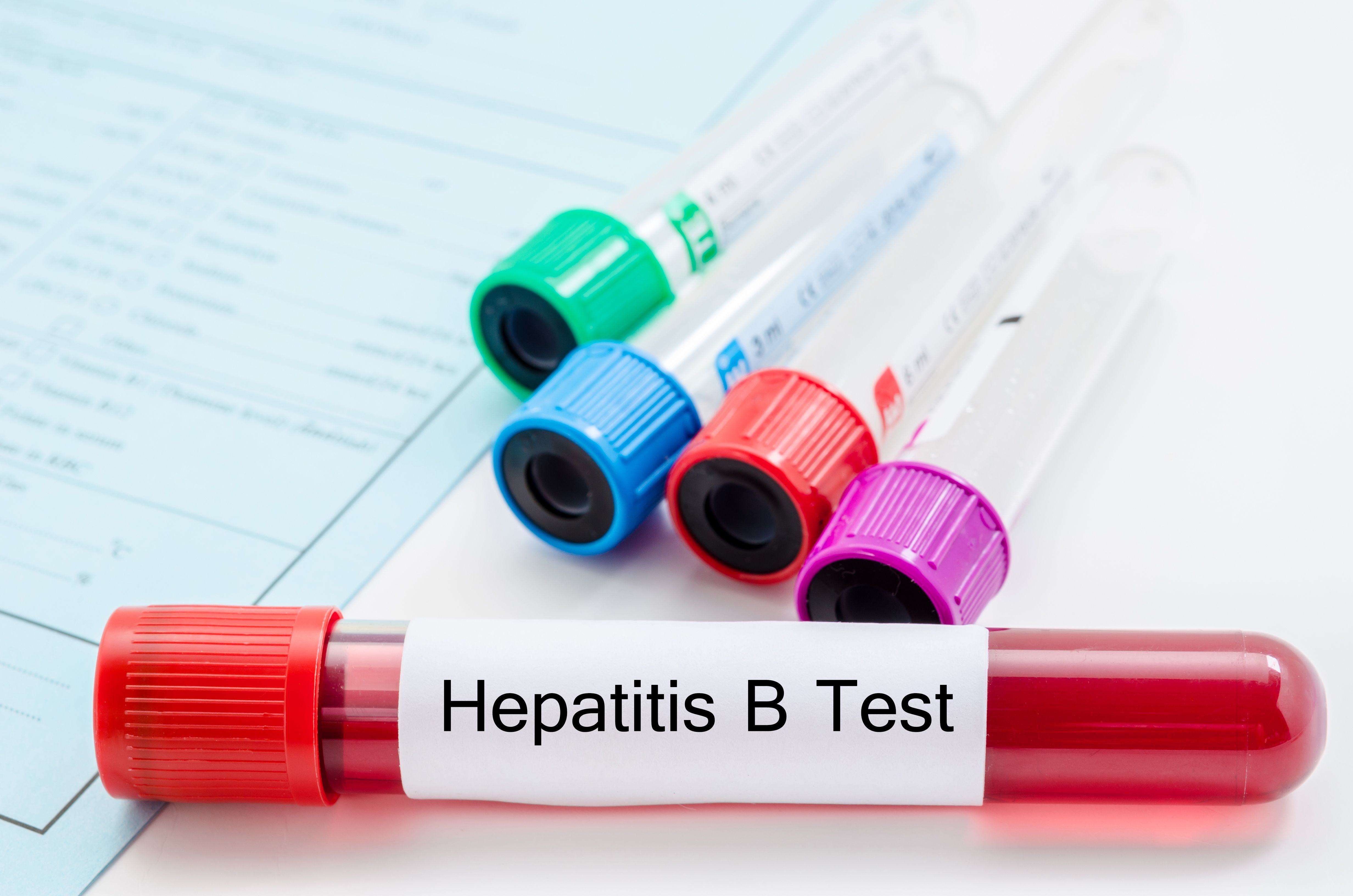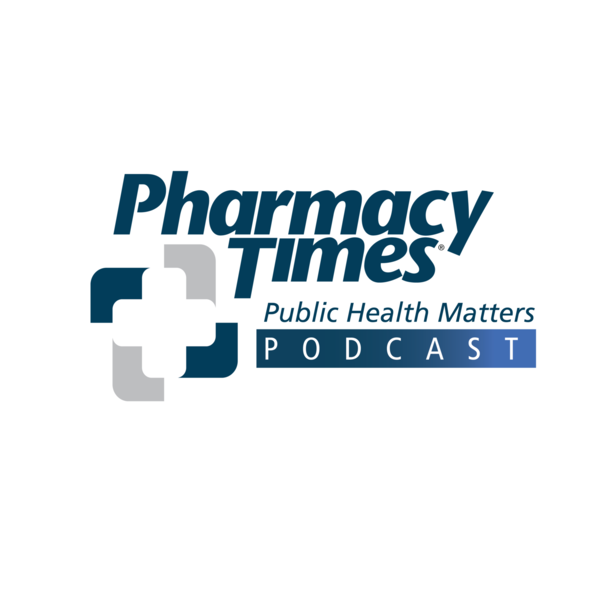Article
Specialty Drug Approvals Continue to Outpace Traditional Drugs
Author(s):
Anti-infective and cancer drugs saw the most approvals last year.
Anti-infective and cancer drugs saw the most approvals last year.
The specialty pipeline continues to be robust, with the emergence of innovative drugs for chronic conditions affecting spending and prompting payers to focus on monitoring and forecasting the pipeline, according to the Catamaran Corporation in its annual Informed Trends report.
As a result, payers are increasingly willing to adopt new strategies in response to these trends.
Catamaran pointed to exclusive specialty arrangements for more consistent and streamlined management of specialty therapy and high touch patient support that promotes better adherence as an example of these strategies. The formulary addition of specialty tiers for better pricing and incentives to encourage members to choose these preferred options are also under consideration.
The trend of specialty drug approvals outpacing traditional drug approvals is expected to continue into the future. The specialty and biological pipeline currently comprises nearly 50% of pharmaceutical research and development activities.
Overall the FDA approved 41 new drugs last year, which was the highest annual level of drug approvals in 15 years, according to Catamaran.
Anti-infective drugs saw the highest total number of approvals among all therapeutic classes last year, as 11 new drugs were given the green light for conditions that include antibacterial, antifungal, antiparasitic, and antiviral agents.
Cancer drugs comprised the second highest total of approvals at 8, followed by endocrine and metabolic medications at 6 approvals. Respiratory agents and gastrointestinal agents followed with 3 new approvals.
Catamaran forecasts that the top biologic drugs in 2015 will include treatments for breast cancer, rheumatoid arthritis, hepatitis C, and multiple sclerosis. The company projects that by 2020, more than half of the top 50 selling products in the United States will be specialty drugs.
Meanwhile, traditional drug utilization saw an average 2.1% reduction in prescription claims on a per-member per-month basis.
Specialty utilization saw a net trend decrease of 1.7%, with notable utilization drops in HIV/AIDS and cancer drugs. HIV and AIDS experienced a significant decrease in utilization at 13.8%, as there was a minimal shift to new HIV combination products that contain multiple agents, such as Stribild and Complera.
The decreased utilization correlated to the decline in HIV patients in the commercial population early last year, the report noted.
Looking into the future, the drug pipeline is filled with oncology treatments, while 4 of the top 5 fastest growing therapies are cancer-related, including treatments for melanoma, chronic lymphocytic leukemia, non-small cell lung cancer, and non-Hodgkin’s lymphoma. Hepatitis C drugs are projected to continue on its current path, with combination therapies of interferon-free, oral regimens that carry high sustained viral response rates garnering comparable attention as in 2014, Catamaran said.
Catamaran noted that a greater emphasis on adherence and reducing care gaps will grow the focus of health care passed analyzing pharmacy costs as a discrete item to include the evaluation of these costs based on the vital role drugs play in managing the total cost of care.
Programs that boost medication adherence to provide maximum therapeutic value for the right patients, at the right time, and for the best cost, are expected to become a major focus as the industry increasingly continues to shift towards outcome-based performance metrics.
"As a PBM, our job has always been to ensure our members are utilizing the most clinically-sound and cost-effective course of treatment," said Sumit Dutta, MD, MBA, senior vice president and chief medical officer at Catamaran. "Managing utilization, dosing and adherence while also leveraging our scale in the supply chain to control costs is a critical element of our strategy in helping clients navigate through today's fast-moving drug innovation pipeline."






